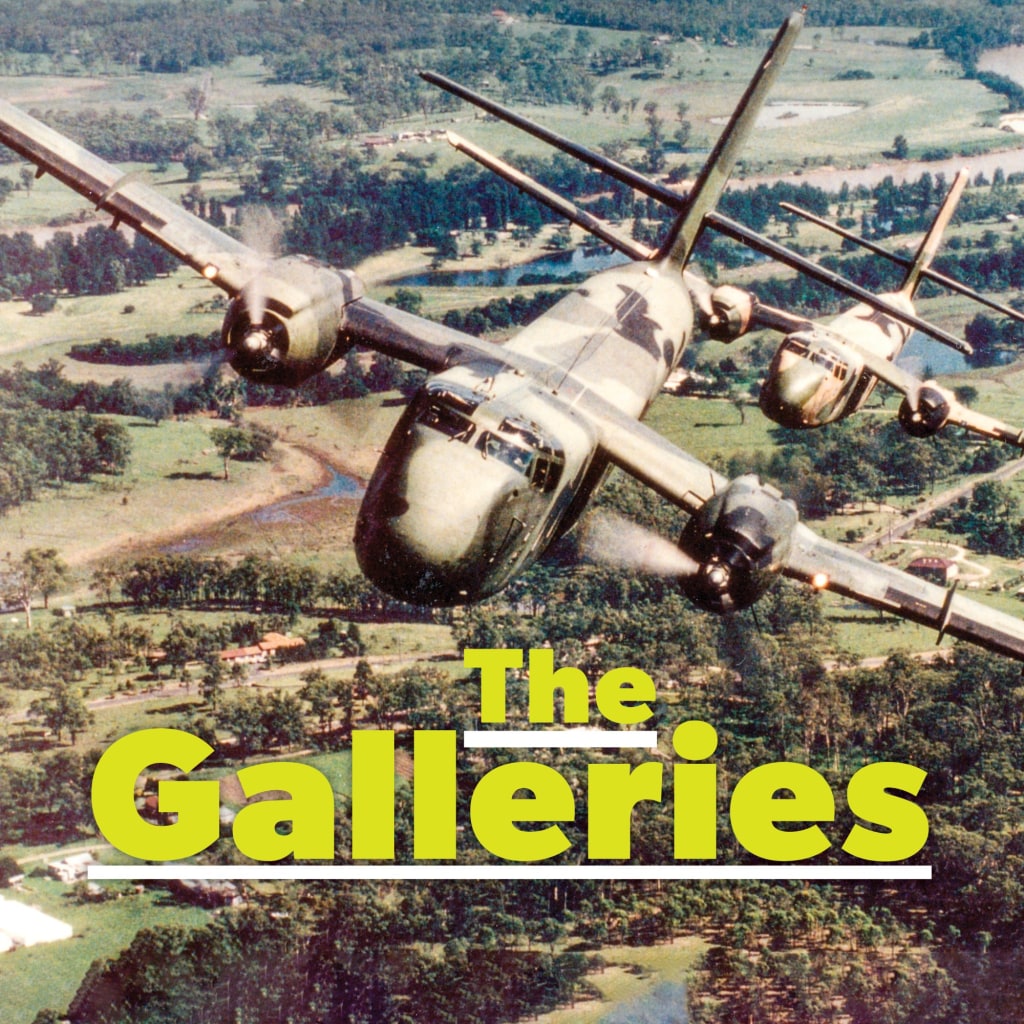
Yesteryear
10 years ago
Following the last Air France Concorde flight on June 27 when F-BVFC landed at Toulouse, all of the airline’s airworthy Concordes are destined for museums.

One of these, F-BVFB, which arrived at Baden-Baden Airport on June 24 for eventual transportation to the Auto & Technik Museum at Sinsheim, is to be dismantled and moved by barge down the Rhine on July 18.
British Airways, which is yet to announce the fate of its aircraft, has a shortlist of 12 locations for its seven Concordes.
The first airline delivery of an Airbus A318 took place at the Airbus delivery centre at Hamburg on July 22 with the handover of N801FR to Denver-based Frontier Airlines.
It was the 2,000th example of the A320 family to be delivered.
Raytheon Aircraft will terminate the Beech 2000/2000A Starship 1 business aircraft program and incinerate all airframes by the end of this year.
With three prototypes and 50 production examples built, and the aircraft proving too expensive for most operators, the company has decided to not continue supporting such a small fleet.
Forty of 50 production aircraft will be flown to Marana, Arizona for destruction where the Evergreen Air Center facility has already incinerated six aircraft after removal of engines, avionics, propellers and undercarriage.
Owners of the ten aircraft in private hands have been made offers by Raytheon for replacement aircraft.
On July 1 the German government said there were plans to replace the word Luftwaffe on its two Airbus A310 official government transports with Bundesrepublik Deutschland (Federal Republic of Germany).
The move follows sensitivities and historic resentment still lingering in some countries.
The world Luftwaffe will still be carried in a smaller size in another location on the aircraft.
25 years ago

A landing by a Loganair British Aerospace 146-200 into London City Airport on July 24 marked the first operation by a jet airliner into the new airport.
Until now flights had been made only by prop-driven STOL aircraft.
Further trials will continue with a BAe-owned 146.
If approval of BAe 146 operations at the airport is granted the runway length will be increased from 1,030m to 1,200m to enable takeoffs at commercially-acceptable weights.
The US Department of Defense has commented that the Tupolev Tu‑160 ‘Blackjack’ variable-geometry intercontinental bomber is about to achieve initial operating capability with the first regiment being formed at Dolon, Central USSR.
This largest and heaviest bomber in the world has an unrefuelled combat radius of about 3,940nm and a maximum speed of Mach 2.
The Department said about 11 Blackjacks were available by the beginning of April and their numbers will peak at about 100 in the mid-1990s.
Production of the bomber is increasing to about one aircraft per month.
The prototype TBM 700 single-engined turboprop executive transport jointly developed by SOCATA and Mooney, F-WTBM, had its maiden flight on July 14 (Bastille Day).
Powered by a 522kW (700shp) Pratt & Whitney Canada PT6-A40, the eight-seat pressurised aircraft will have a top speed of 547km/h (340mph) at 26,250ft.
Deliveries should commence in early 1990.
After a gap of six years Piper Aircraft has resumed production of the Super Cub, powered by a 150hp (119kW) Textron Lycoming O-320-A2D.
This PA-18-150 version is priced at US$42,595 and will also be available in kit form for $21,095, with an estimated 400-500 hours of assembly time using only simple hand tools.
Up to the end of 1982, 8,442 Super Cubs had been built on order in seven batches.
50 years ago
Two RAF Avro Vulcans from RAF Waddington made a nonstop flight to Perth in 18hr 10min arriving on July 9, followed soon after by a third Vulcan.
Inflight refuelling was provided by Vickers Valiant tankers.
They were denied a record after encountering headwinds up to 100mph early in the flight.
The Vulcans visited Sydney and Adelaide before returning home via Perth.
Production of the Yeoman Cropmaster is continuing at Bankstown.
Recent deliveries were to a NSW operator and the export of another to New Zealand.
During April eight Cropmasters were under construction and the current production schedule involves the delivery of two examples during this month.
The determination of the crew of the USAF Douglas C-47 Extol Pink on July 20 to evacuate badly wounded Vietnamese soldiers at night under heavy enemy fire at a jungle airstrip at Loc Ninh saw them awarded the Mackay Trophy for the most meritorious flight by an air force pilot or crew during 1963.
The landing after midnight with no lights or navigation aids was assisted with burning paper strips soaked in petrol, on an airstrip with tall trees at each end normally used only for daylight operations.
Changes have been made to the fifth Vickers VC10, G-ARVE, solving the drag problems that would have reduced range, including a three-degree upward tilt of the engines, increasing the distance from the fuselage to the engine nacelles with a 1ft extension of the engine support beam and extension of the inboard section of the wing leading edge slat.
The RAN formed No 817 Squadron at Nowra on July 18 equipped with Westland Wessex HAS.
Mk 31 helicopters for ASW and SAR for service on HMAS Melbourne.
During August the helicopters will begin operations aboard the ship.












